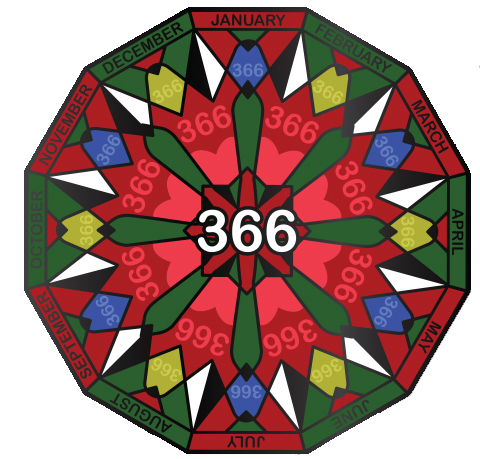How the Leap Year originated
A leap year is a year with 366 days, instead of the usual 365. Leap years are necessary because the actual length of a year is 365.242 days, not 365 days, as commonly stated. Basically, leap years occur every 4 years, and years that are evenly divisible by 4 (2012, for example) have 366 days. This extra day is added to the calendar on February 29th.
However, there is one exception to the leap year rule involving century years, like the year 1900.
Since the year is slightly less than 365.25 days long, adding an extra day every 4 years results in about 3 extra days being added over a period of 400 years. For this reason, only 1 out of every 4 century years is considered as a leap year. Century years are only considered as leap years if they are evenly divisible by 400. Therefore, 1700, 1800, 1900 were not leap years, and 2100 will not be a leap year. But 1600 and 2000 were leap years, because those year numbers are evenly divisible by 400.
Julius Caesar, Father of Leap Year
Julius Caesar was behind the origin of leap year in 45 BC. The early Romans had a 355 day calendar and to keep festivals occurring around the same season each year a 22 or 23 day month was created every second year.
Julius Caesar decided to simplify things and added days to different months of the year to create the 365 day calendar, the actual calculation were made by Caesar's astronomer, Sosigenes. Every fourth year following the 28th day of Februarius (February 29th) one day was to be added, making every fourth year a leap year.
In 1582, Pope Gregory XIII further refined the calendar with the rule that leap day would occur in any year divisible by 4 as described above.
Reference: http://inventors.about.com/cs/inventionsalphabet/a/leap_year.htm
Don’t forget that you will be awarded a special souvenir for attending this event by Groundspeak.

RSVP: Kindly log your attendance to facilitate booking.